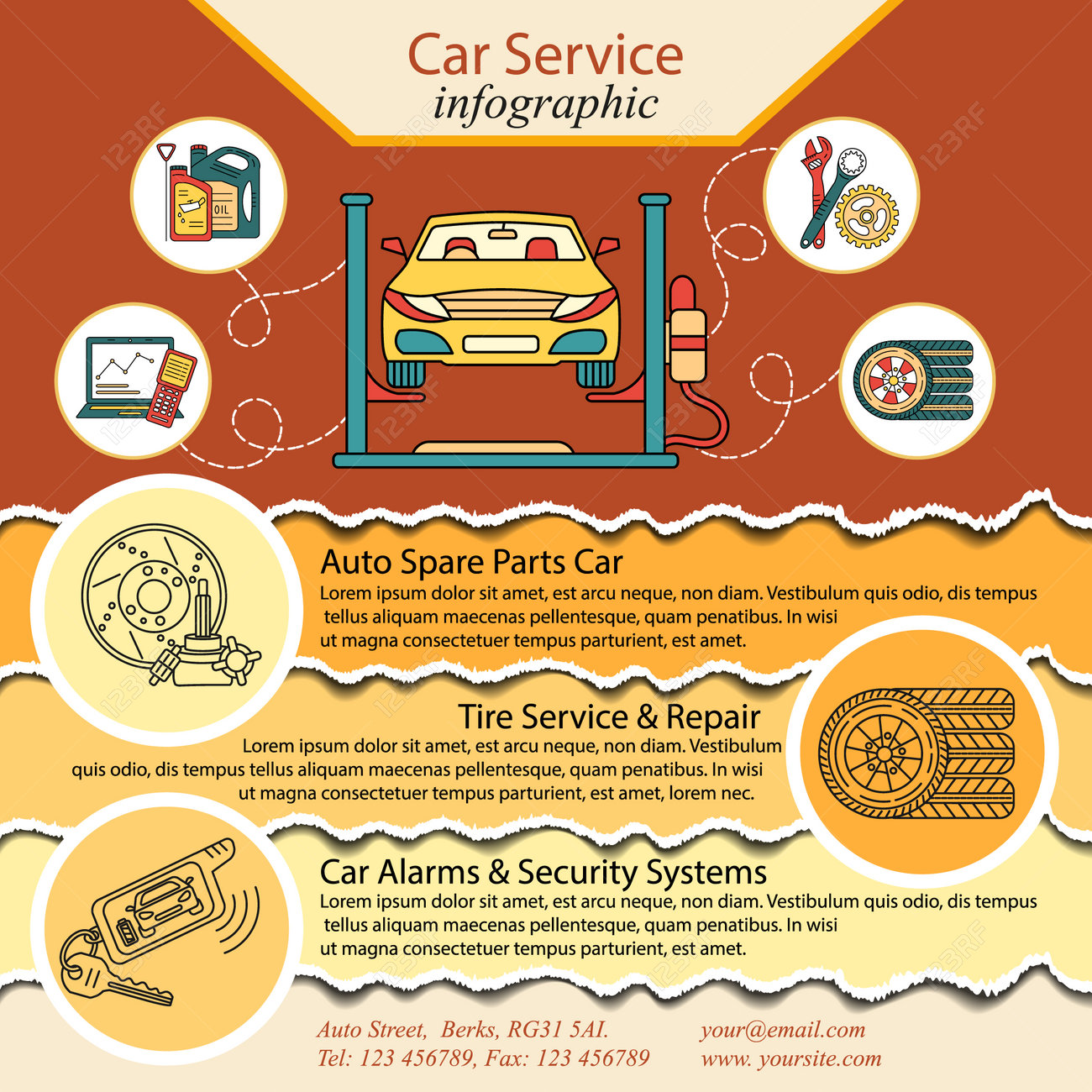Deciphering Your Lorry'S Caution Indicators: What They Absolutely Indicate
Deciphering Your Lorry'S Caution Indicators: What They Absolutely Indicate
Blog Article
Web Content Writer-Lauritsen Kejser
When you lag the wheel, those beautiful caution lights on your control panel can be a little bit complicated. Do you know what they're trying to tell you concerning your car's health? Understanding the relevance of these lights is important for your safety and the long life of your car. So, the following time among those lights appears, wouldn't you want to decode its message accurately and take the needed actions to resolve it?
Common Caution Lighting and Interpretations
Identify common warning lights in your car and comprehend their definitions to make sure safe driving.
One of the most regular caution lights include the check engine light, which signals problems with the engine or exhausts system. If this light begins, it's important to have your lorry inspected without delay.
The oil stress cautioning light shows reduced oil pressure, calling for prompt interest to avoid engine damage.
A blinking battery light might recommend a damaged billing system, possibly leaving you stranded otherwise dealt with.
The tire pressure surveillance system (TPMS) light signals you to reduced tire stress, impacting vehicle security and fuel efficiency. Ignoring this can bring about dangerous driving problems.
The abdominal light indicates a problem with the anti-lock braking system, compromising your capacity to stop swiftly in emergency situations.
Lastly, the coolant temperature cautioning light warns of engine overheating, which can cause serious damages otherwise solved quickly.
Comprehending these usual caution lights will assist you address problems without delay and preserve secure driving problems.
Value of Prompt Interest
Comprehending the typical warning lights in your auto is only the primary step; the value of promptly addressing these warnings can't be stressed enough to guarantee your security when traveling.
When carinteriorcleaningauckland brightens on your dashboard, it's your car's method of communicating a potential issue that requires attention. Disregarding these warnings can result in more serious issues down the road, compromising your safety and possibly costing you more out of commission.
Prompt interest to alerting lights can avoid break downs and crashes. For instance, a flashing check engine light might show a misfire that, if left unattended, might create damages to the catalytic converter. Resolving this quickly can save you from a costly repair work.
In a similar way, a brake system warning light could signify low brake fluid or used brake pads, crucial elements for your safety when driving.
Do It Yourself Troubleshooting Tips
If you see a warning light on your control panel, there are a few DIY repairing ideas you can attempt before seeking specialist assistance.
The very first step is to consult your vehicle's guidebook to recognize what the certain caution light suggests. Sometimes the problem can be as basic as a loose gas cap activating the check engine light. Tightening exterior car detailing may solve the trouble.
An additional typical concern is a reduced battery, which can activate numerous alerting lights. Examining the battery links for rust and ensuring they're safe may fix the problem.
If a caution light lingers, you can attempt resetting it by separating the vehicle's battery for a couple of mins and after that reconnecting it. In addition, examining your automobile's fluid degrees, such as oil, coolant, and brake fluid, can aid repair cautioning lights related to these systems.
Verdict
To conclude, recognizing your vehicle's warning lights is vital for maintaining your vehicle running smoothly and securely. By immediately resolving these alerts and knowing what they mean, you can stay clear of expensive repair work and potential break downs.
Remember to consult your cars and truck's manual for specific information on each warning light and take action appropriately to make sure a trouble-free driving experience.
Remain educated, stay safe on the road!
